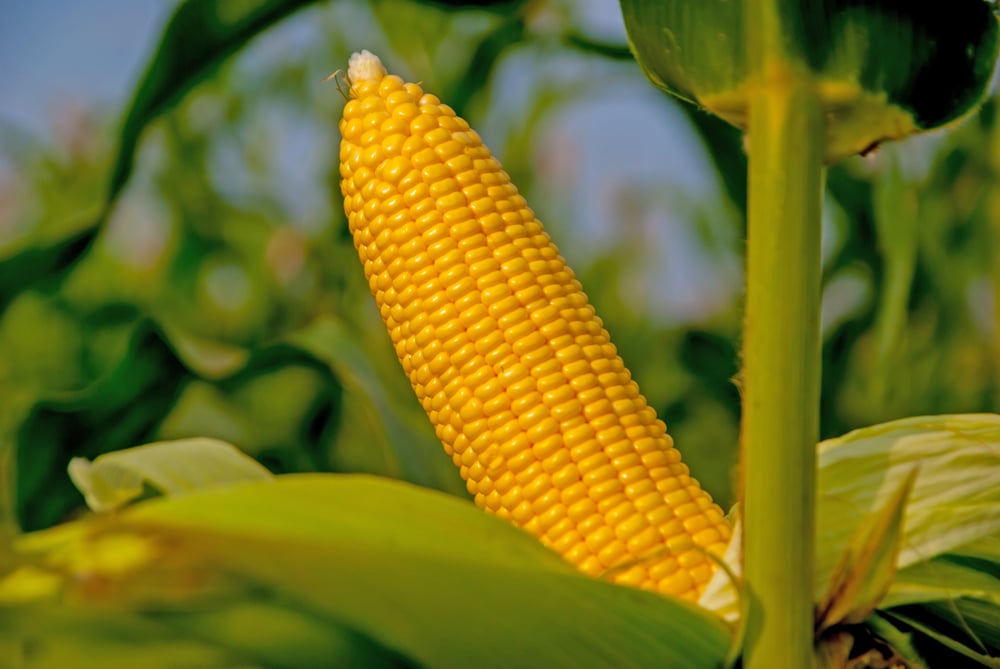Types Of Oregano
Oregano is a popular herb known for its distinctive flavor and aroma, and it comes in several varieties. Each type of oregano has its unique characteristics, uses, and growing conditions. Understanding the different types of oregano can help you choose the best one for your culinary and medicinal needs.
Main Types of Oregano
There are several main types of oregano, including Greek oregano, Italian oregano, Turkish oregano, and Mexican oregano. Greek oregano is considered to be the most pungent and flavorful, and it is often used in Greek and Mediterranean cuisine. Oregano vulgare, the scientific name for Greek oregano, is a perennial herb that is native to the Mediterranean region.
Greek Oregano
Greek oregano is a low-growing, spreading herb that can be grown in containers or in the ground. It has small, oval-shaped leaves that are dark green in color and have a pungent, earthy flavor. Greek oregano is often used in traditional Greek dishes such as gyro, moussaka, and spanakopita. It is also used to make oregano tea, which is said to have medicinal properties.
Italian Oregano
Italian oregano is a type of oregano that is commonly used in Italian cuisine. It has a milder flavor than Greek oregano and is often used to make pasta sauces, pizza, and caprese salads. Italian oregano is a perennial herb that can be grown in containers or in the ground, and it is easy to care for.
Turkish Oregano
Turkish oregano is a type of oregano that is commonly used in Turkish and Middle Eastern cuisine. It has a strong, pungent flavor and is often used to make kebabs, stews, and salads. Turkish oregano is a perennial herb that can be grown in containers or in the ground, and it is drought-tolerant.
Mexican Oregano
Mexican oregano is a type of oregano that is commonly used in Mexican and Southwestern cuisine. It has a strong, earthy flavor and is often used to make tacos, enchiladas, and chili. Mexican oregano is a perennial herb that can be grown in containers or in the ground, and it is easy to care for.
| Type of Oregano | Flavor | Uses |
|---|---|---|
| Greek Oregano | Pungent, earthy | Gyro, moussaka, spanakopita |
| Italian Oregano | Mild | Pasta sauces, pizza, caprese salads |
| Turkish Oregano | Strong, pungent | Kebabs, stews, salads |
| Mexican Oregano | Strong, earthy | Tacos, enchiladas, chili |
Cultivation and Care
Oregano is a low-maintenance herb that can be grown in a variety of conditions. It prefers well-draining soil and full sun, but it can also be grown in partial shade. Oregano is a perennial herb, which means it comes back year after year, and it can be pruned to encourage new growth.
Soil and Climate
Oregano prefers well-draining soil that is rich in organic matter. It can be grown in a variety of soils, including clay, loam, and sand, but it prefers a slightly acidic soil pH. Oregano is also drought-tolerant, but it prefers consistent moisture to produce the best flavor.
Pest and Disease Management
Oregano is susceptible to pests and diseases such as aphids, whiteflies, and root rot. To manage these pests and diseases, it’s best to use organic gardening methods such as neem oil and companion planting.
What is the difference between Greek and Italian oregano?
+
Greek oregano has a more pungent and earthy flavor than Italian oregano, which has a milder flavor. Greek oregano is also more commonly used in Greek and Mediterranean cuisine, while Italian oregano is more commonly used in Italian cuisine.
Can I grow oregano indoors?
+
What are the health benefits of oregano?
+
Oregano has several health benefits, including its antibacterial and antifungal properties. It is also high in antioxidants and has been shown to have anti-inflammatory effects. Oregano tea is also said to have medicinal properties and can be used to treat a variety of ailments, including colds and digestive issues.


